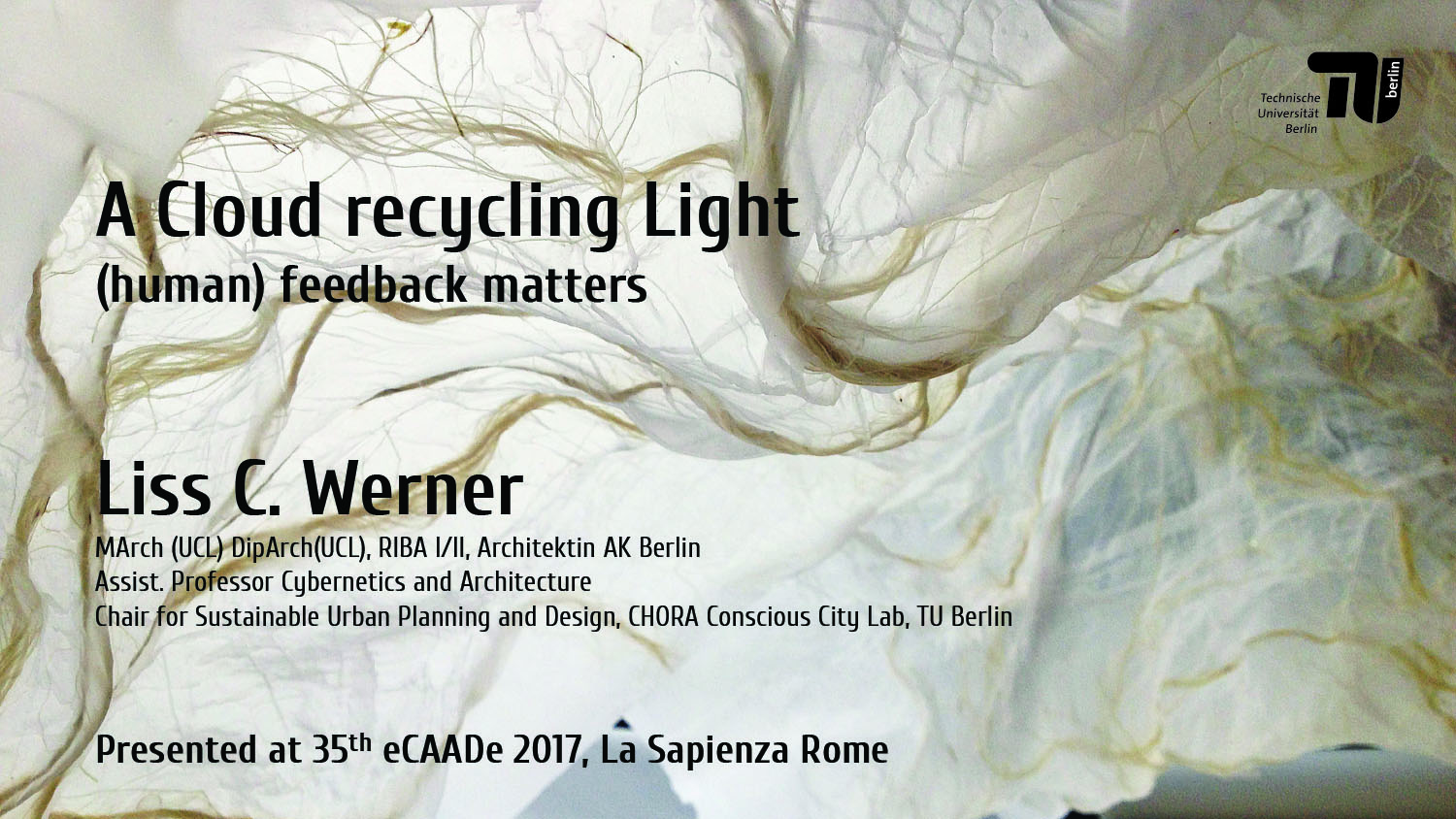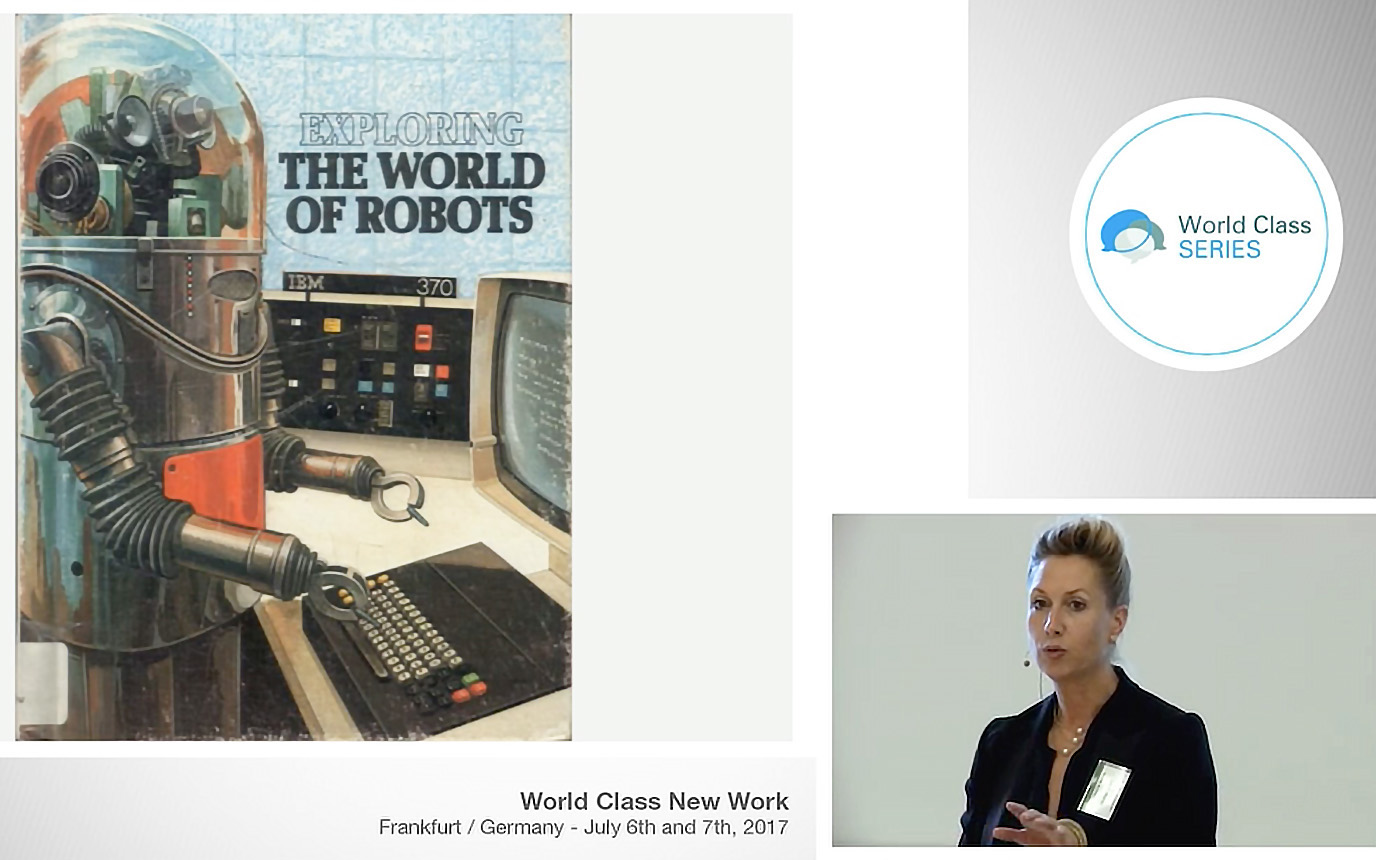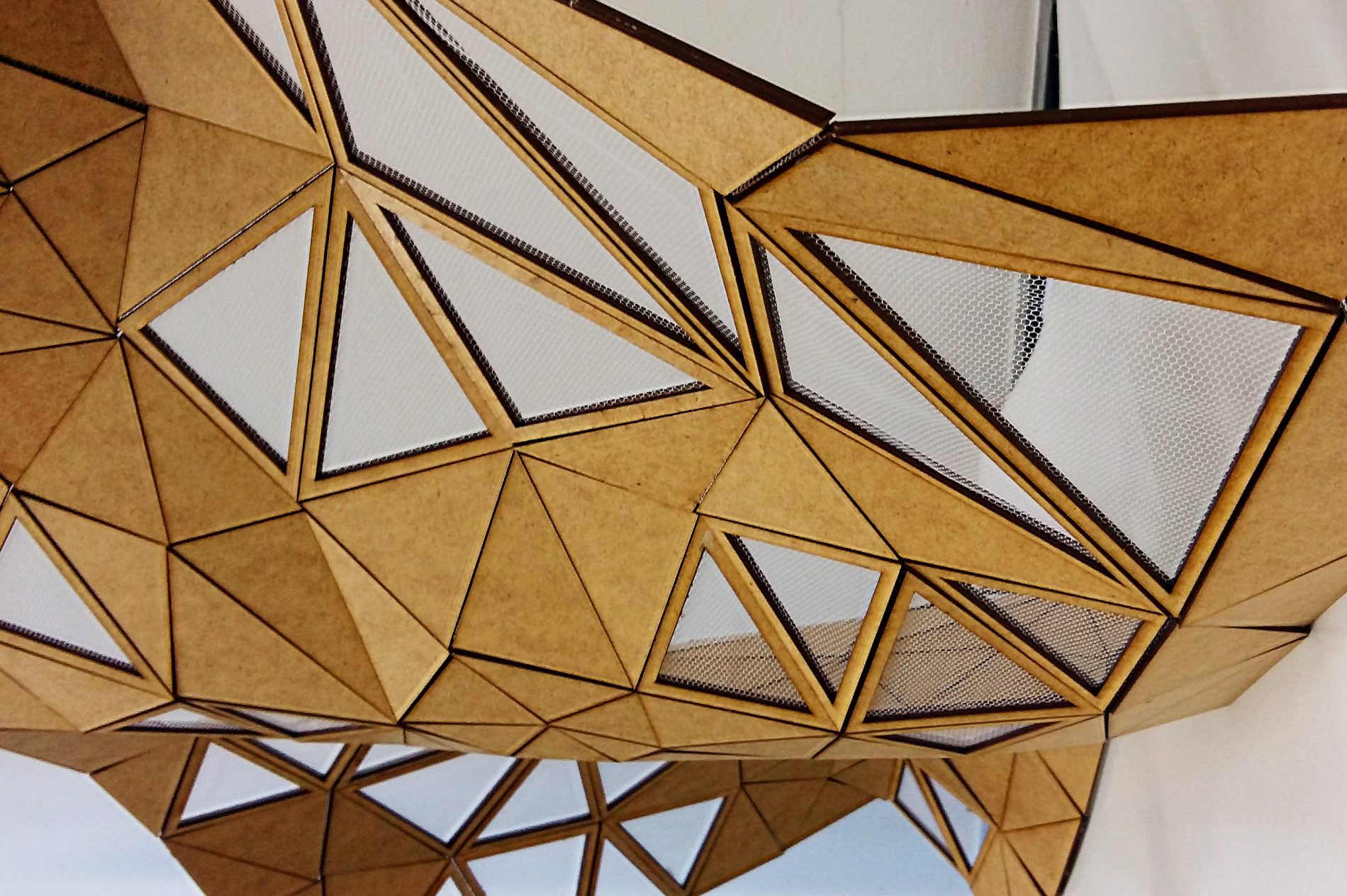Lecture at UDK University of the Arts, Einstein Center Digital Future (ECDF), 24 April 2017, 10am, Grunewaldstraße 2-5, Berlin
THEORY AND DESIGN IN THE FIRST OBJECT AGE
OR THE TEMPERAMENTAL ENVIRONNMENT
Subjects, which have been globally discussed since at least the mid-nineties, have culminated in
– the rise of the digital natives and cyborgian humanoids – on a socio-technical level
– the rise of the bitcoin on an economical level – and
– in the rise of emergent properties through developments in the fields of design-to-production, digital craftsmanship – in a Richard Sennet sense and a literal sense – material intelligence and the democratization of design on an industry and services level.
The few mentioned fields are but a few, the world-wide-web of the internet of things is offering to us – industrial, educational and conversational.
“The Einstein Center Digital Future aims to become a cross-university nucleus for supporting and researching digital structures in the sciences, the economy and society. The project in Berlin is supposed to provide more connections, new forms of cooperation, a concentration on innovative cutting-edge interdisciplinary research and excellently trained young scientific talent instead of focusing on new individual initiatives.” ECDF
The subject of design is not being mentioned specifically. I, therefore would like to suggest design as a science embedded in society, driven by economy.
The challenge that the professorship of IoT bears is a great one, since the subject is a novel one.
This leads me to a brief description of my scientific position, which is born out of CYBERNETICS, the art of governing and the system of conversation – a driver for design. Key figure here is the British cybernetician Gordon Pask, who was in close contact with Heinz von Foerster during his time at the Biological Computer Laboratory, Nicholas Negroponte at MIT as well as John and Julia Frazer – and Cedric Price at the Architectural Association in London. In ‘The Architectural Relevance of Cybernetics’ published in ‘Architectural Design in 1969, Gordon Pask suggests that
“a building cannot be viewed simply in isolation. It is only meaningful as a human environment. It perpetually interacts with its inhabitants, on the one hand serving them and on the other hand controlling their behavior. In other words, structures make sense as parts of larger systems that include human components – and the architect is primarily concerned with these larger systems; the (not just the bricks and mortar parts) are what architects design. I shall dub this notion architectural ‘mutualism’.” Gordon Pask, 1969
Pask refers to the difference of first order cybernetics, in which the system is working without an ‘observer’, and ‘second order cybernetics’, in which the system works in a mutual relationship with the observer. The observer takes an active part of shaping the system and the system takes an active part in shaping the observer – subsequently changing his or her or its behavior, influencing the system.
Welcome to the world of big data, Apples Srii, IBMs Watson and so forth.
Cybernetics of second order describes learning systems through ‘CONVERSATION’, through exchange of data and information. The difference can be seen in a comparison between various models of information exchange, conversation and feedback mechanisms and their implications for evolution and even more relevant in the 21st century – mutation – or THE INTERNET OF EVERYTHING.















